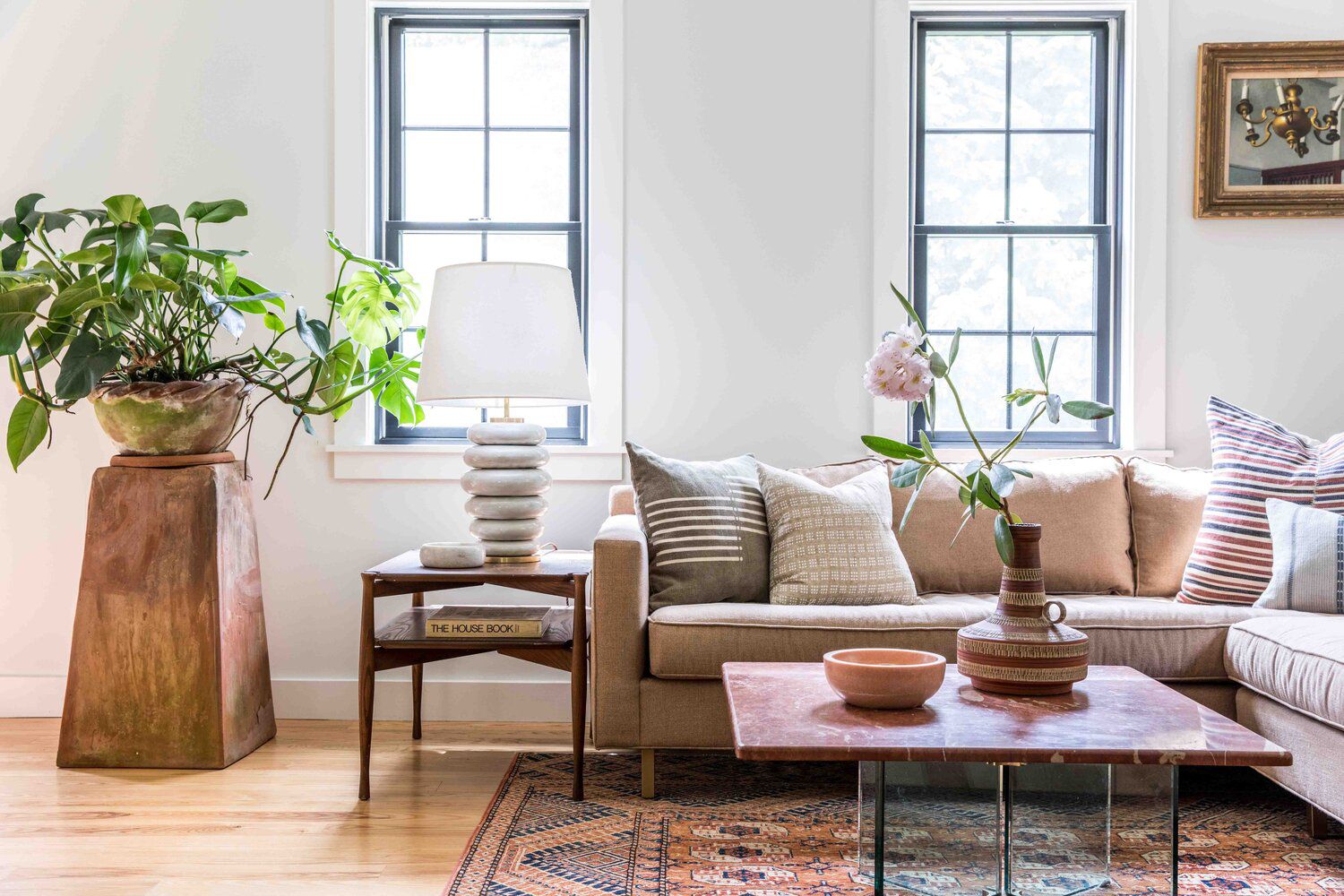

Articles
How To Choose A Lamp For Living Room
Modified: January 6, 2024
Looking for articles on how to choose a lamp for your living room? Discover expert tips and advice to illuminate your space perfectly.
(Many of the links in this article redirect to a specific reviewed product. Your purchase of these products through affiliate links helps to generate commission for Storables.com, at no extra cost. Learn more)
Introduction
Choosing the right lamp for your living room can have a significant impact on the overall ambiance and functionality of the space. A well-chosen lamp not only provides adequate lighting but also adds a touch of style and sophistication to your decor. However, with so many options available in the market, it can be overwhelming to find the perfect lamp that suits your needs and complements your living room’s design.
In this article, we will explore the essential factors to consider when choosing a lamp for your living room. We will discuss various aspects such as lighting needs, size and scale, style and design, material and finish, and lighting technology. Additionally, we will look at different types of lamps, including table lamps, floor lamps, wall-mounted lamps, and ceiling lamps, and understand their placement and functionality. Lastly, we will touch upon budget considerations and energy efficiency to help you make an informed decision.
By the end of this article, you will have a clear understanding of what to look for when selecting a lamp for your living room that not only meets your lighting requirements but also enhances the aesthetic appeal of your space.
Key Takeaways:
- Choose a lamp that suits your living room’s size, style, and lighting needs to create a harmonious and inviting ambiance while enhancing the functionality of the space.
- Prioritize energy-efficient lamps that align with your budget and style preferences, contributing to a greener environment and saving on energy costs.
Read more: How To Choose A Living Room Rug
Factors to Consider
When choosing a lamp for your living room, there are several factors to consider to ensure you make the right choice. These factors include lighting needs and goals, size and scale of the lamp, style and design, material and finish, and lighting technology.
Lighting Needs and Goals: Start by assessing your lighting needs and goals for the living room. Consider the activities that take place in the space, such as reading, entertaining guests, or watching TV. Determine whether you need task lighting for specific areas or ambient lighting for overall illumination.
Size and Scale of the Lamp: The size and scale of the lamp should be proportionate to the furniture and the room itself. A small lamp may get lost in a large living room, while a large lamp may overpower a small space. Consider the height, width, and overall dimensions of the lamp to ensure it fits harmoniously within the room.
Style and Design: The style and design of the lamp should complement your existing decor and reflect your personal taste. Determine whether you prefer a modern, traditional, industrial, or eclectic style. Consider the shape, color, and overall aesthetic of the lamp to ensure it harmonizes with the rest of the room.
Material and Finish: The material and finish of the lamp can greatly influence its overall appearance and durability. Common lamp materials include metal, glass, ceramic, wood, and fabric. Choose a material and finish that not only blends well with your decor but also suits your lifestyle and maintenance preferences.
Lighting Technology: It’s important to consider the lighting technology used in the lamp. Traditional incandescent bulbs are being phased out in favor of more energy-efficient options such as LED or CFL bulbs. LED bulbs are more long-lasting and consume less energy, while CFL bulbs provide similar benefits. Additionally, some lamps offer features like dimming capabilities or adjustable color temperature, allowing you to customize the lighting to suit different moods and occasions.
By carefully considering these factors, you can ensure that the lamp you choose not only fulfills your lighting needs but also enhances the overall aesthetic of your living room. In the next section, we will delve into the placement and functionality of different types of lamps to help you make an informed decision.
Placement and Functionality
When choosing a lamp for your living room, understanding the placement and functionality of different types of lamps is crucial. Here, we will explore various types of lamps, including table lamps, floor lamps, wall-mounted lamps, and ceiling lamps, and discuss their suitability for different purposes.
Table Lamps: Table lamps are versatile and commonly used in living rooms. They are ideal for providing task lighting, such as for reading or working on a desk or side table. Additionally, table lamps can serve as decorative elements, adding style and ambiance to your living room. Place them on side tables, console tables, or even on a mantel to create a warm and inviting atmosphere.
Floor Lamps: Floor lamps are excellent choices for providing ambient lighting and accentuating specific areas of your living room. They come in various styles and designs, including tripod lamps, arc lamps, and torchiere lamps. Floor lamps can be used to illuminate dark corners, highlight artwork or architectural features, or create a cozy reading nook. Consider the height and placement of a floor lamp to ensure it complements the surrounding furniture and doesn’t obstruct the flow of foot traffic.
Wall-Mounted Lamps: Wall-mounted lamps, also known as sconces, are an excellent option when you want to save floor or table space. These lamps can be installed on the walls, providing both ambient and task lighting. Wall-mounted lamps are particularly useful when paired on either side of a mirror, providing flattering lighting for grooming or makeup application. They can also be used to add a touch of elegance and style to your living room walls.
Ceiling Lamps: Ceiling lamps, such as chandeliers, pendant lights, or flush mount fixtures, offer the opportunity to make a statement in your living room. These lamps provide overall illumination and can serve as a focal point in the room. Consider the height and size of the ceiling lamp to ensure it fits well within the space. Pendant lights can be used in groups to create a visually stunning effect or to define specific areas within an open floor plan.
Task Lighting vs. Ambient Lighting: It’s important to consider whether you need task lighting or ambient lighting in your living room. Task lighting focuses on providing direct and concentrated light for specific activities like reading, studying, or working. Table lamps and wall-mounted lamps are ideal choices for task lighting. Ambient lighting, on the other hand, aims to provide overall illumination and create a comfortable and inviting atmosphere. Ceiling lamps and floor lamps can be used to achieve ambient lighting in your living room.
By understanding the placement and functionality of different types of lamps, you can strategically choose the right lamps for your living room to create the desired lighting effect and enhance the functionality of the space. In the next section, we will discuss budget considerations for lamp selection.
When choosing a lamp for your living room, consider the size of the room and the purpose of the lighting. A larger room may require a floor lamp for overall illumination, while a smaller space may benefit from a table lamp for focused light.
Budget Considerations
When choosing a lamp for your living room, it’s important to consider your budget. Lamps come in a wide range of prices, from budget-friendly options to high-end designer pieces. Here are some budget considerations to keep in mind:
Set a Budget: Determine how much you are willing to spend on a lamp for your living room. Setting a budget will help you narrow down your options and prevent overspending. Consider the overall cost of the lamp, including any additional accessories or bulbs that may be required.
Quality vs. Price: While it’s tempting to opt for the lowest-priced lamp available, it’s important to consider the quality. Cheaper lamps may not be as durable and may have inferior materials and construction. However, this doesn’t mean you have to spend a fortune on a lamp. Look for lamps that offer a good balance between quality and price.
Consider the Long-Term Investment: Think about the long-term value of the lamp. A higher-quality lamp might be more expensive initially, but it can last longer and provide better performance, making it a worthwhile investment. Consider factors such as warranty, lifespan, and energy efficiency to determine the overall value of the lamp.
Compare Prices: Before making a purchase, compare prices from different retailers or online platforms to ensure you are getting the best deal. Take advantage of sales, discounts, or promotional offers to save money without compromising on quality.
Consider Used or Vintage Lamps: If you’re on a tight budget or looking for unique pieces, consider exploring used or vintage lamps. Thrift stores, antique shops, or online marketplaces often have a selection of affordable and one-of-a-kind lamps that can add character to your living room.
DIY Options: For those with a creative flair, consider DIY lamp options. Repurposing old items or creating your own lamp from scratch can be a cost-effective and personalized way to add a lamp to your living room.
By considering these budget considerations, you can find a lamp that suits your financial constraints without compromising on quality and style. In the next section, we will discuss the importance of energy efficiency when choosing a lamp for your living room.
Energy Efficiency
When choosing a lamp for your living room, it’s important to consider its energy efficiency. Opting for energy-efficient lamps not only helps reduce your carbon footprint but also saves you money on energy bills. Here are some key points to consider regarding energy efficiency:
LED Bulbs: LED (Light Emitting Diode) bulbs are highly energy-efficient and have a longer lifespan compared to traditional incandescent bulbs. LED bulbs consume less energy while providing the same or even better illumination. By choosing a lamp that uses LED bulbs, you can significantly reduce your energy consumption and enjoy cost savings in the long run.
CFL Bulbs: CFL (Compact Fluorescent Lamp) bulbs are another energy-efficient option. While not as efficient as LED bulbs, they still consume significantly less energy than incandescent bulbs. CFL bulbs are available in various color temperatures, allowing you to create the desired ambiance and mood in your living room.
Dimming Capabilities: Some lamps offer dimming capabilities, allowing you to adjust the brightness according to your needs. This feature not only helps create the desired ambiance but also saves energy when you don’t require maximum illumination. Look for lamps that have dimmable options or compatibility with dimmable bulbs.
Timer or Motion Sensor Features: Consider lamps that have timer or motion sensor features. Timers allow you to set specific times for the lamp to turn on or off, ensuring that it’s not left on unnecessarily. Motion sensors detect movement and automatically switch on the lamp, saving energy when the room is unoccupied.
Energy Star Certification: When selecting a lamp, look for the Energy Star certification. Energy Star-certified lamps meet strict energy efficiency guidelines set by the Environmental Protection Agency (EPA) and can help you save energy and reduce your environmental impact.
Consider the Wattage: Take into account the wattage of the lamp and bulbs. Lower wattage lamps consume less energy. However, be mindful of selecting lamps that provide adequate illumination for your living room without compromising on visibility or task requirements.
By prioritizing energy efficiency in your lamp selection, you can contribute to a greener environment and save on energy costs. Additionally, choosing an energy-efficient lamp doesn’t mean sacrificing style or functionality, as there are plenty of stylish and versatile options available in the market.
With a focus on energy efficiency, you can select a lamp that not only illuminates your living room beautifully but also aligns with your commitment to sustainability. In the concluding section, we will summarize the key points discussed and emphasize the importance of selecting the right lamp for your living room.
Read more: How To Choose Drapes For Living Room
Conclusion
Choosing the right lamp for your living room is essential to create the perfect ambiance and enhance the functionality of the space. By considering various factors such as lighting needs, size and scale, style and design, material and finish, and lighting technology, you can narrow down your options and find the ideal lamp that suits your preferences and complements your living room’s decor.
Understanding the placement and functionality of different types of lamps, including table lamps, floor lamps, wall-mounted lamps, and ceiling lamps, helps you make an informed decision about which type of lamp will best serve your lighting requirements. Whether you need task lighting, ambient lighting, or a combination of both, selecting the right lamp ensures that you have adequate illumination for different activities and creates a warm and inviting atmosphere.
Budget considerations play a significant role in choosing a lamp. While it’s important to set a budget, it’s equally crucial to prioritize quality and long-term value. Comparing prices, considering used or vintage options, and exploring DIY options can help you find a lamp that fits your budget without compromising on style or durability.
Energy efficiency is another crucial aspect to consider when selecting a lamp. Opting for energy-efficient lamps, such as those using LED or CFL bulbs, not only reduces energy consumption but also saves you money on energy bills. Dimming capabilities, timer or motion sensor features, and Energy Star certification are additional energy-saving features to look for in a lamp.
In conclusion, selecting the right lamp for your living room requires careful consideration of factors such as lighting needs, size and scale, style and design, material and finish, and lighting technology. Understanding the placement and functionality of different types of lamps, managing your budget, and prioritizing energy efficiency are key factors in making an informed decision.
By taking the time to evaluate these aspects and select a lamp that aligns with your preferences, you can create a visually appealing, well-lit, and energy-efficient living room space that meets your needs and enhances your overall living experience.
Frequently Asked Questions about How To Choose A Lamp For Living Room
Was this page helpful?
At Storables.com, we guarantee accurate and reliable information. Our content, validated by Expert Board Contributors, is crafted following stringent Editorial Policies. We're committed to providing you with well-researched, expert-backed insights for all your informational needs.
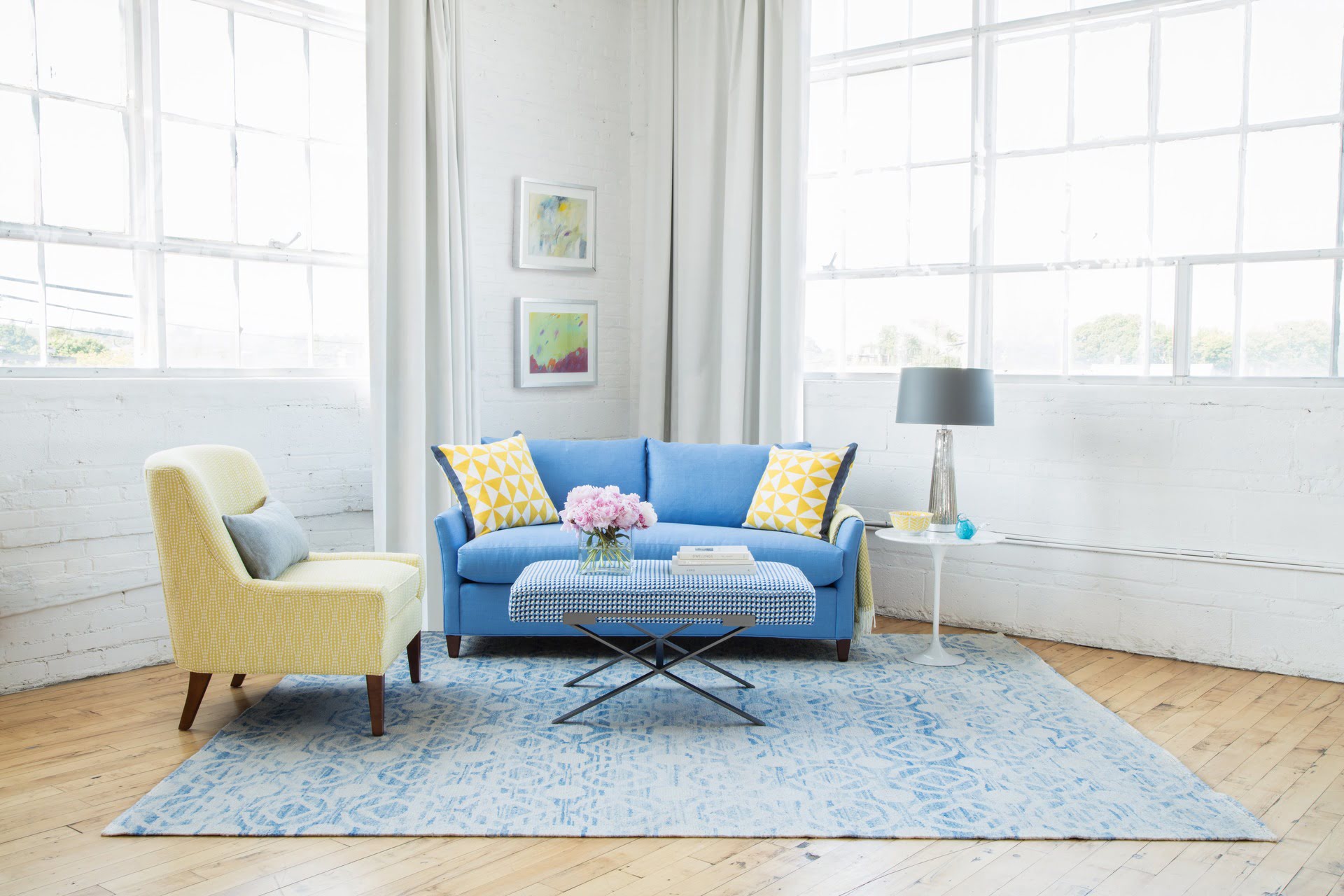
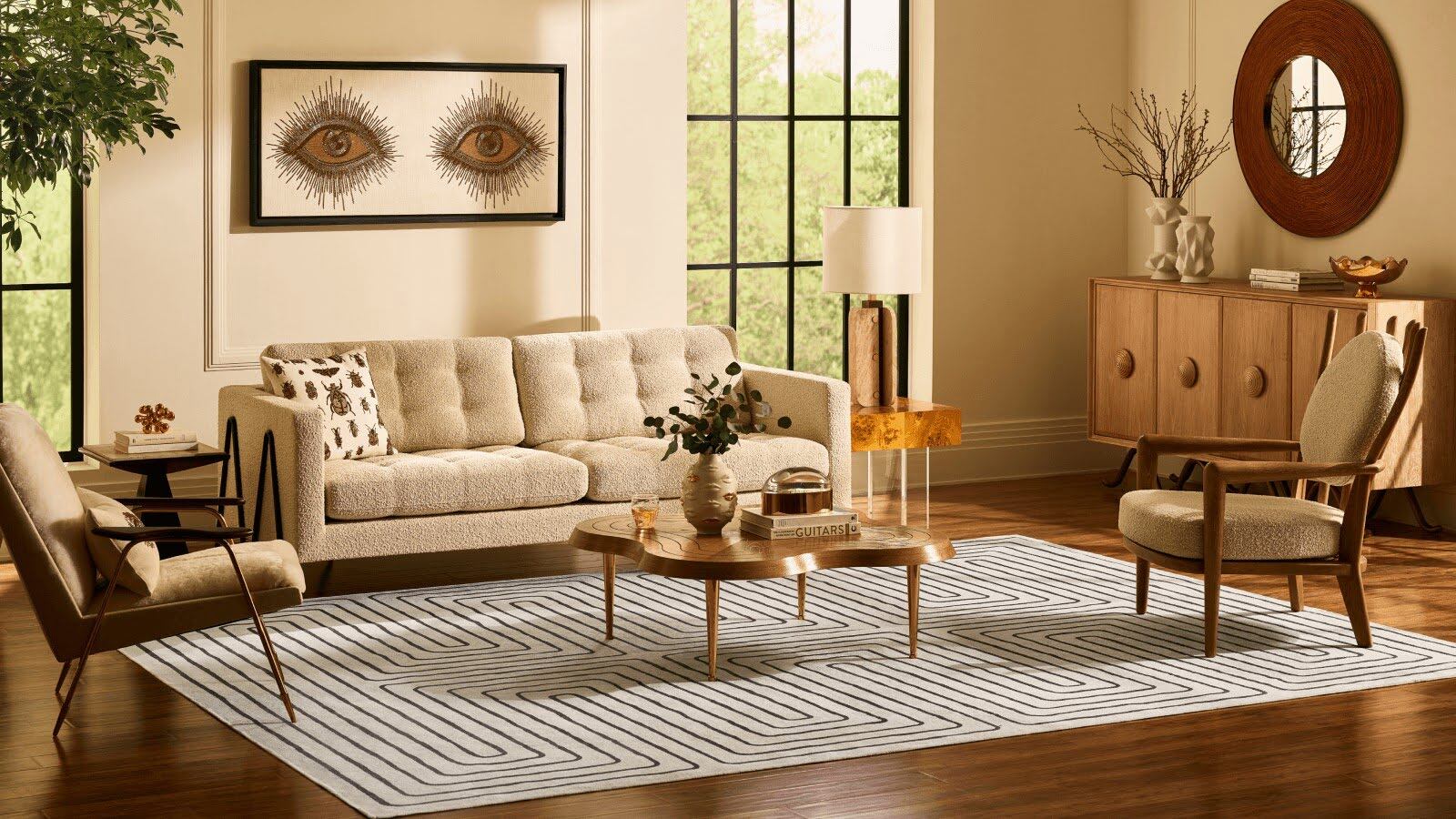
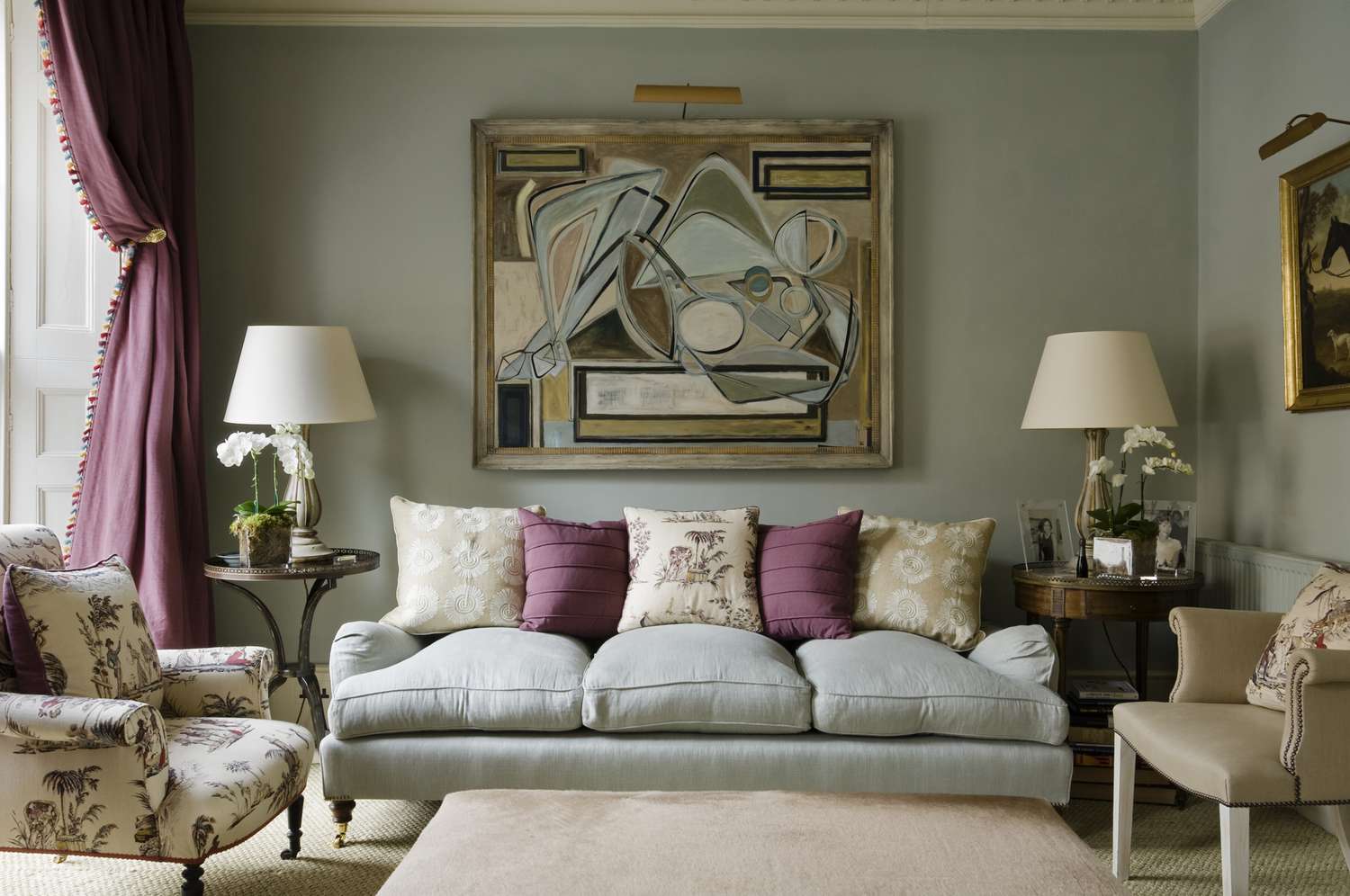
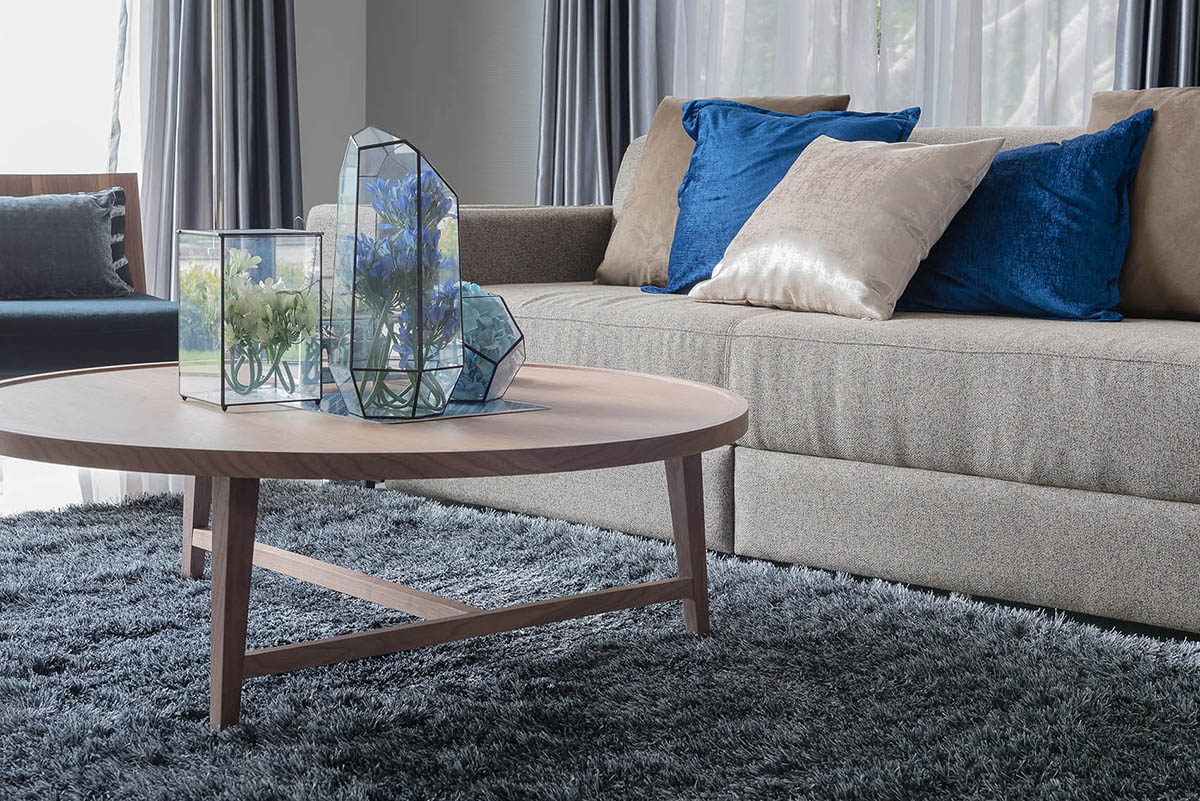
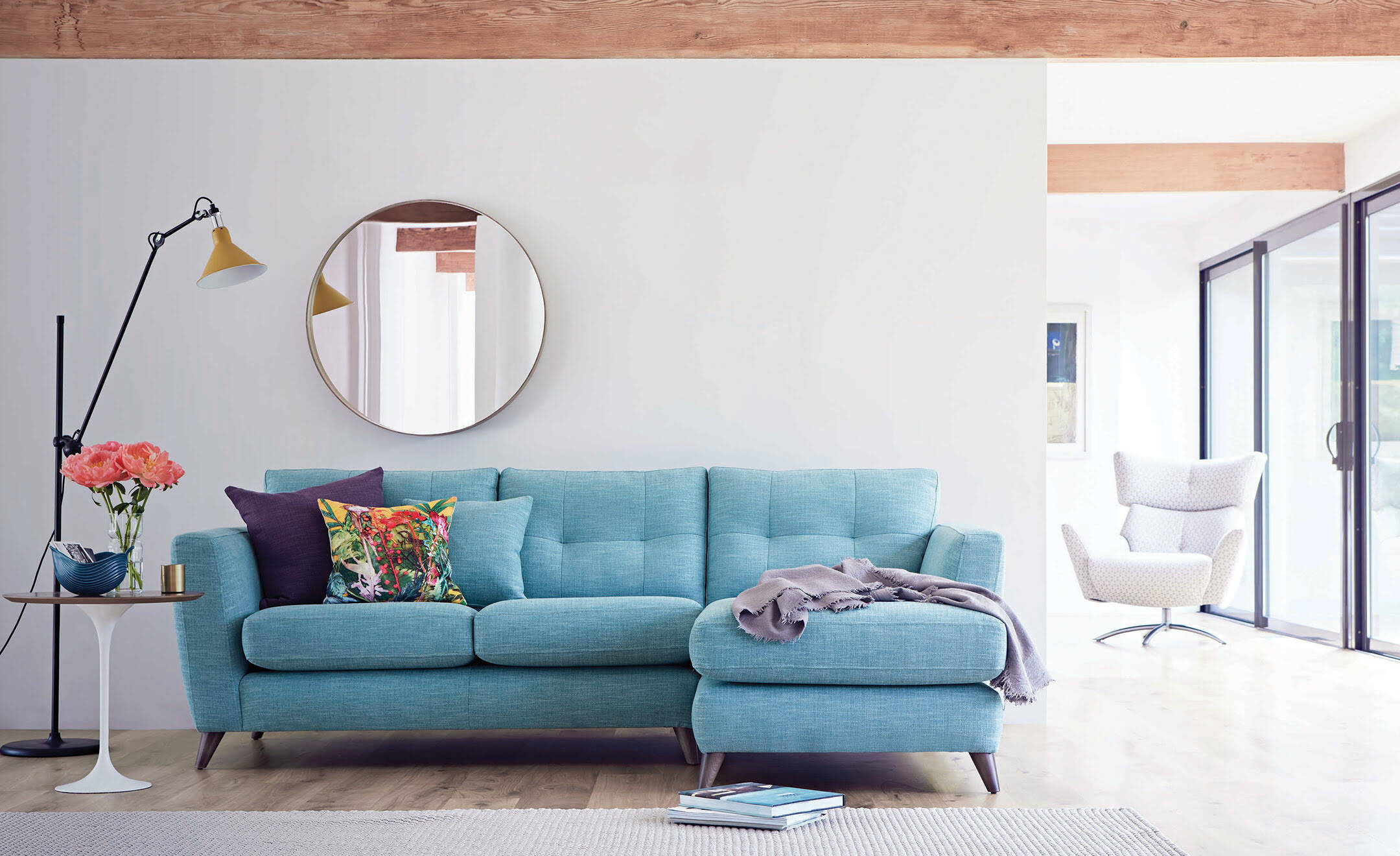
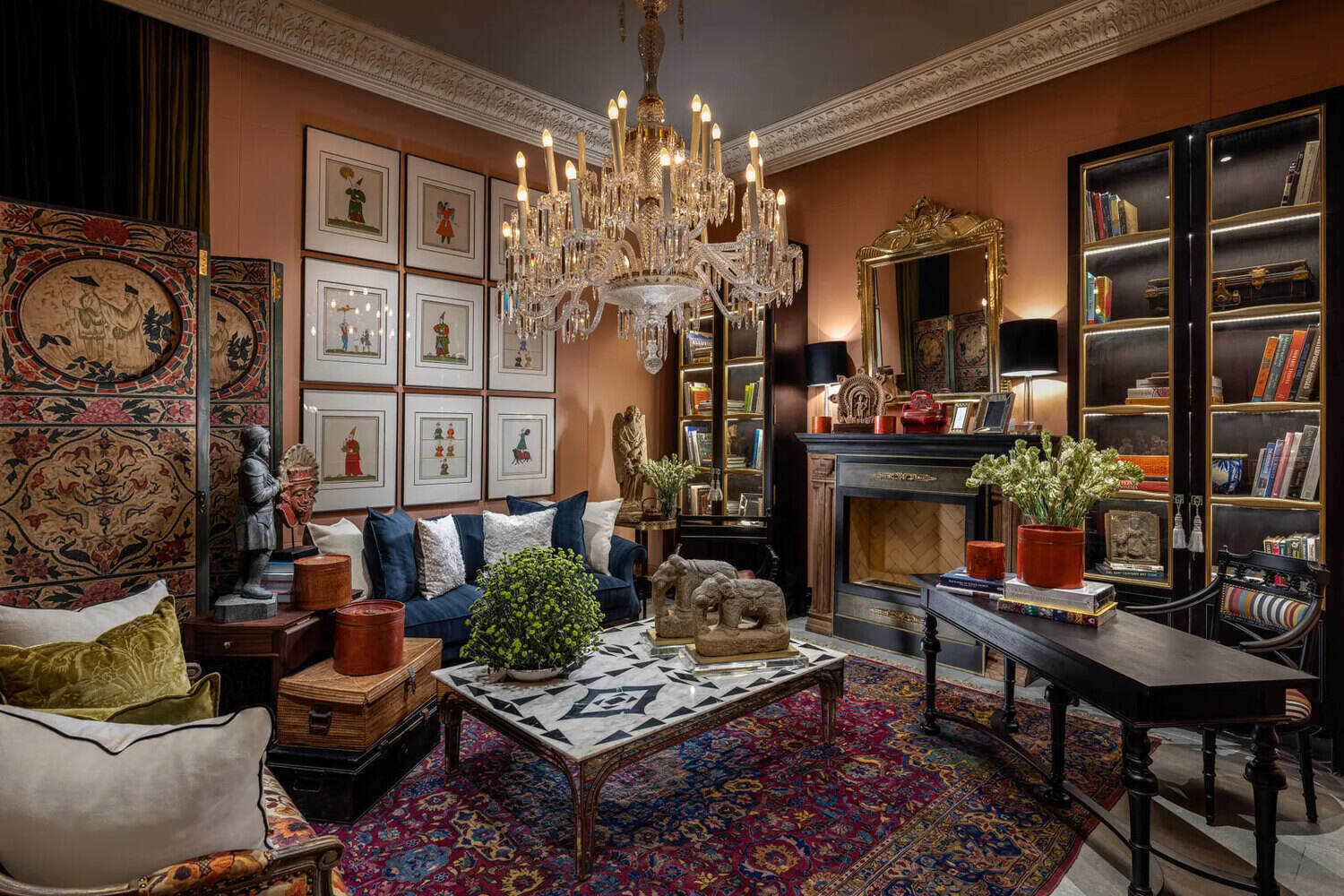
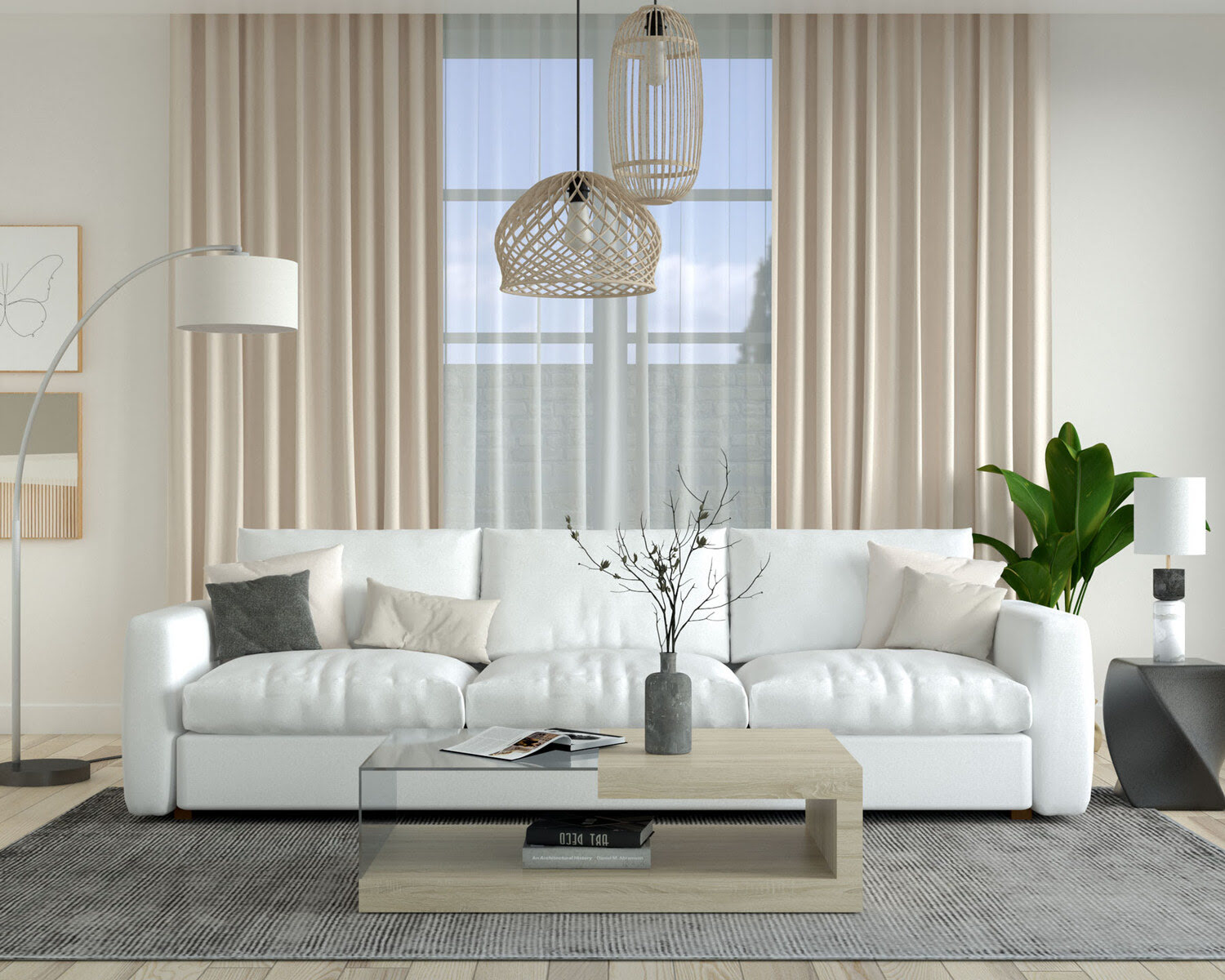
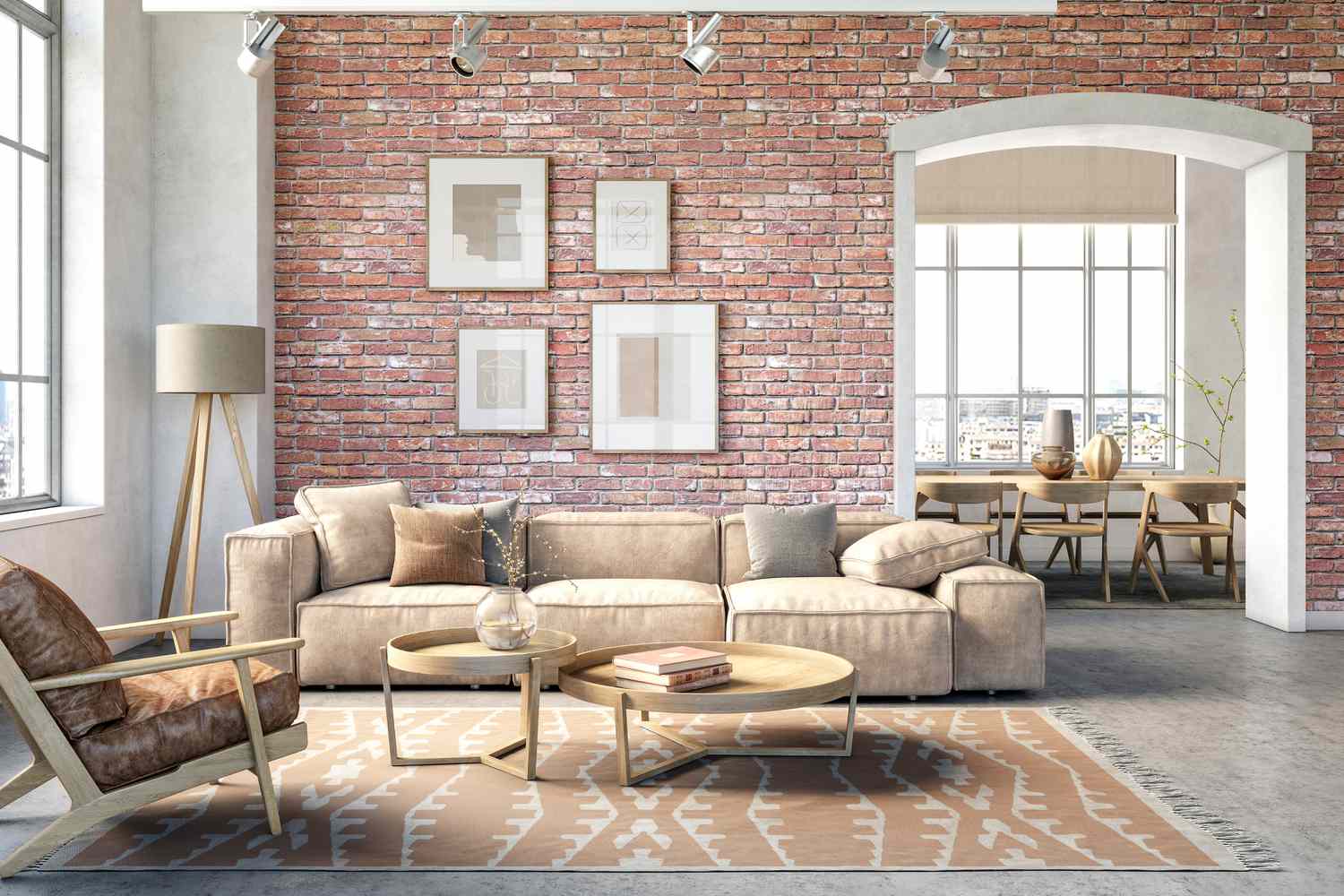
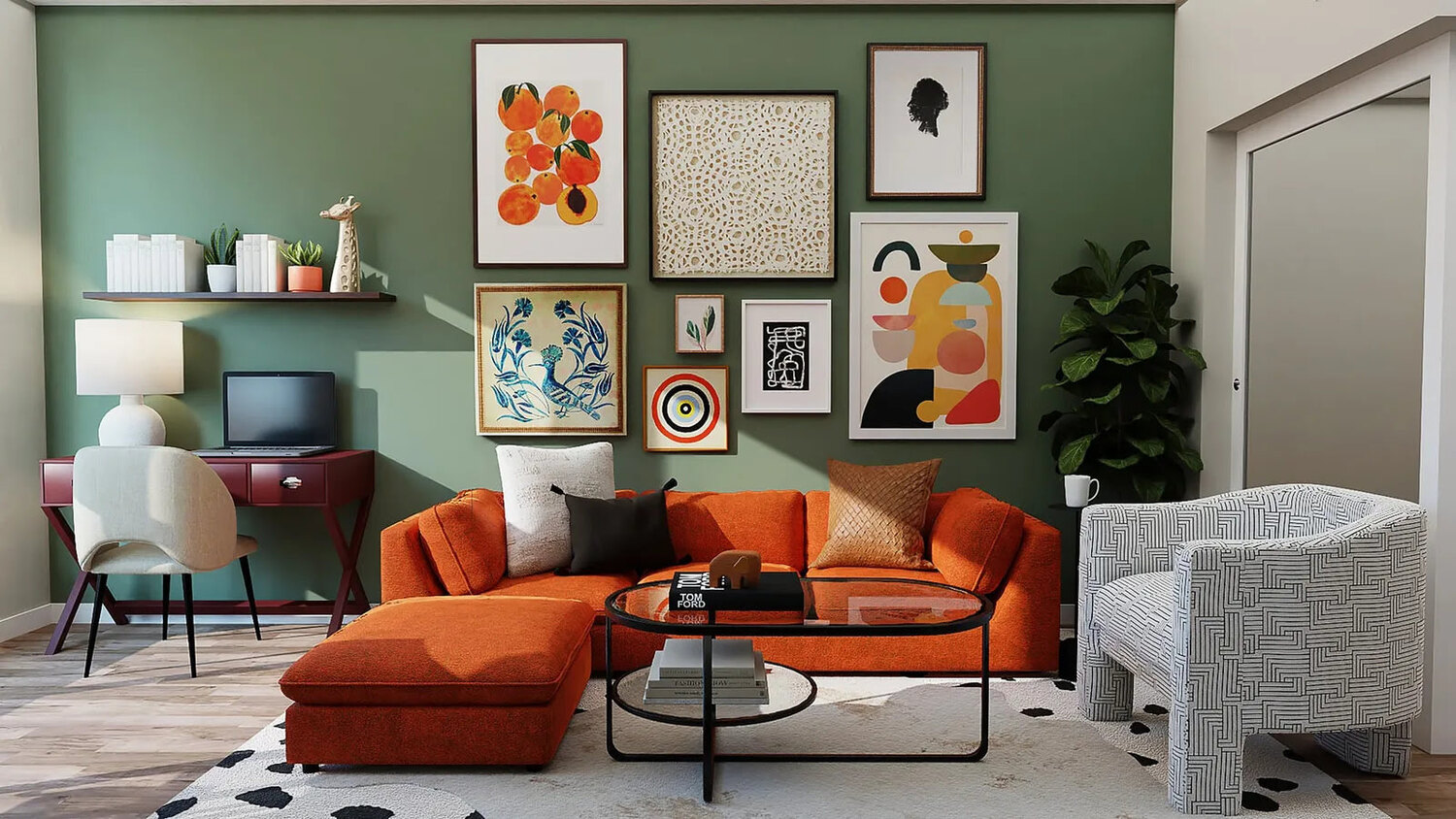
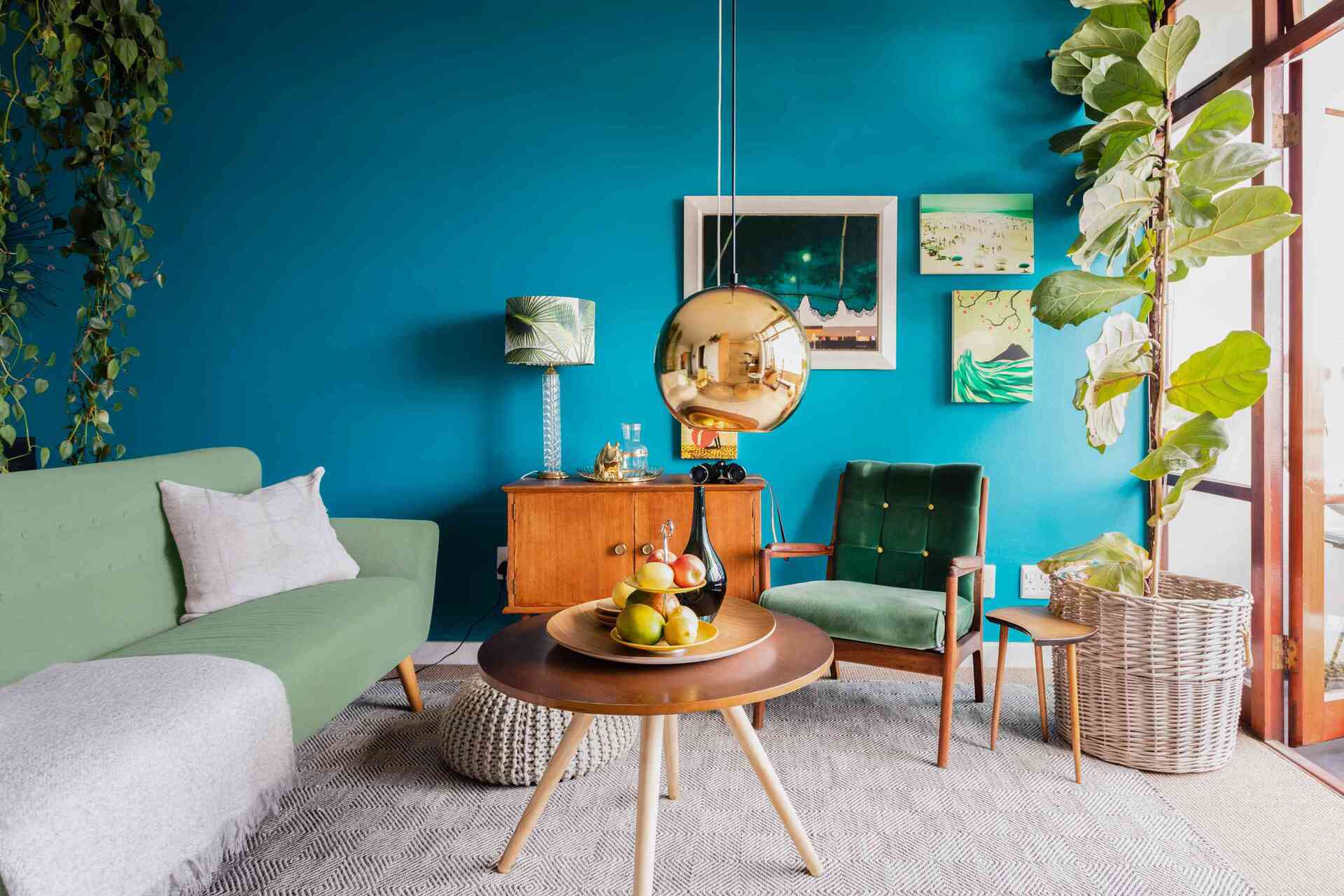
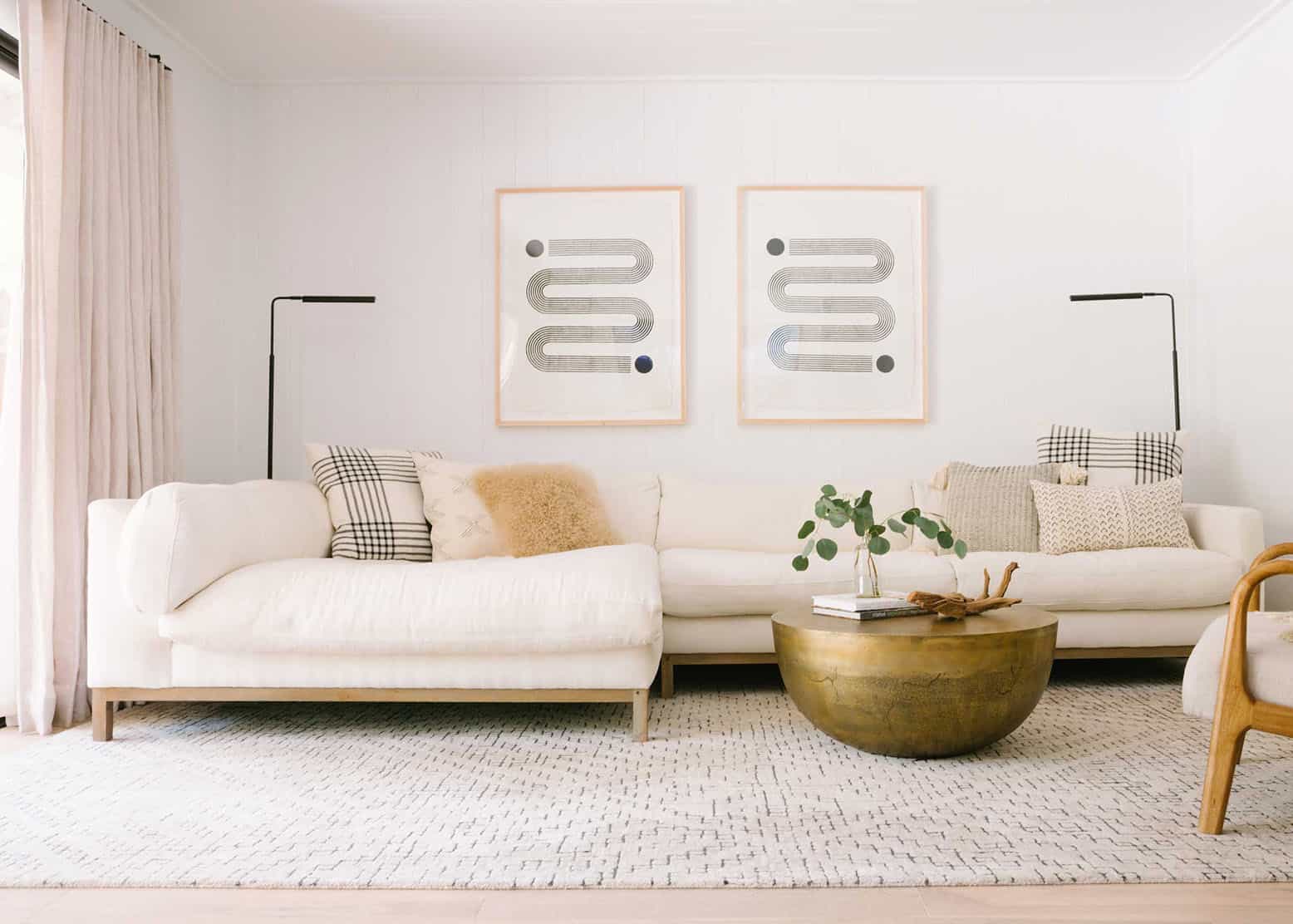
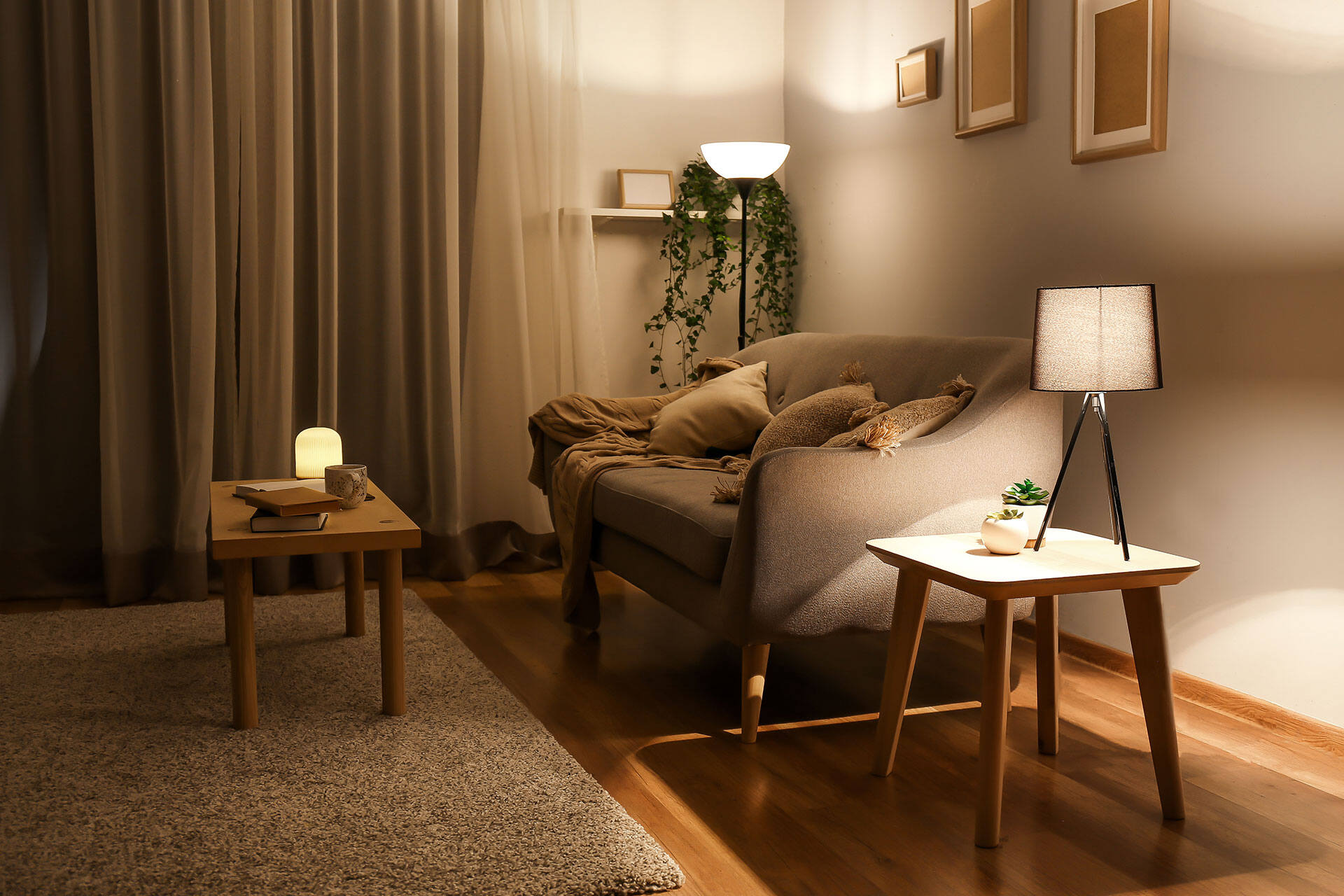
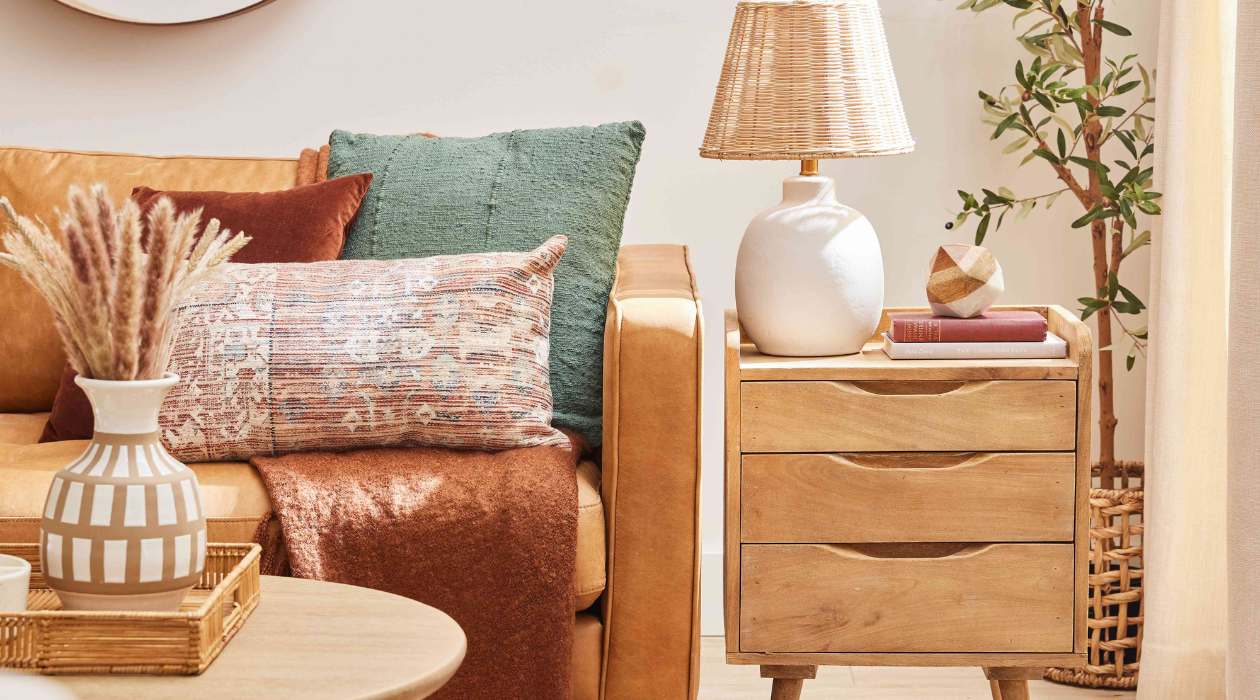
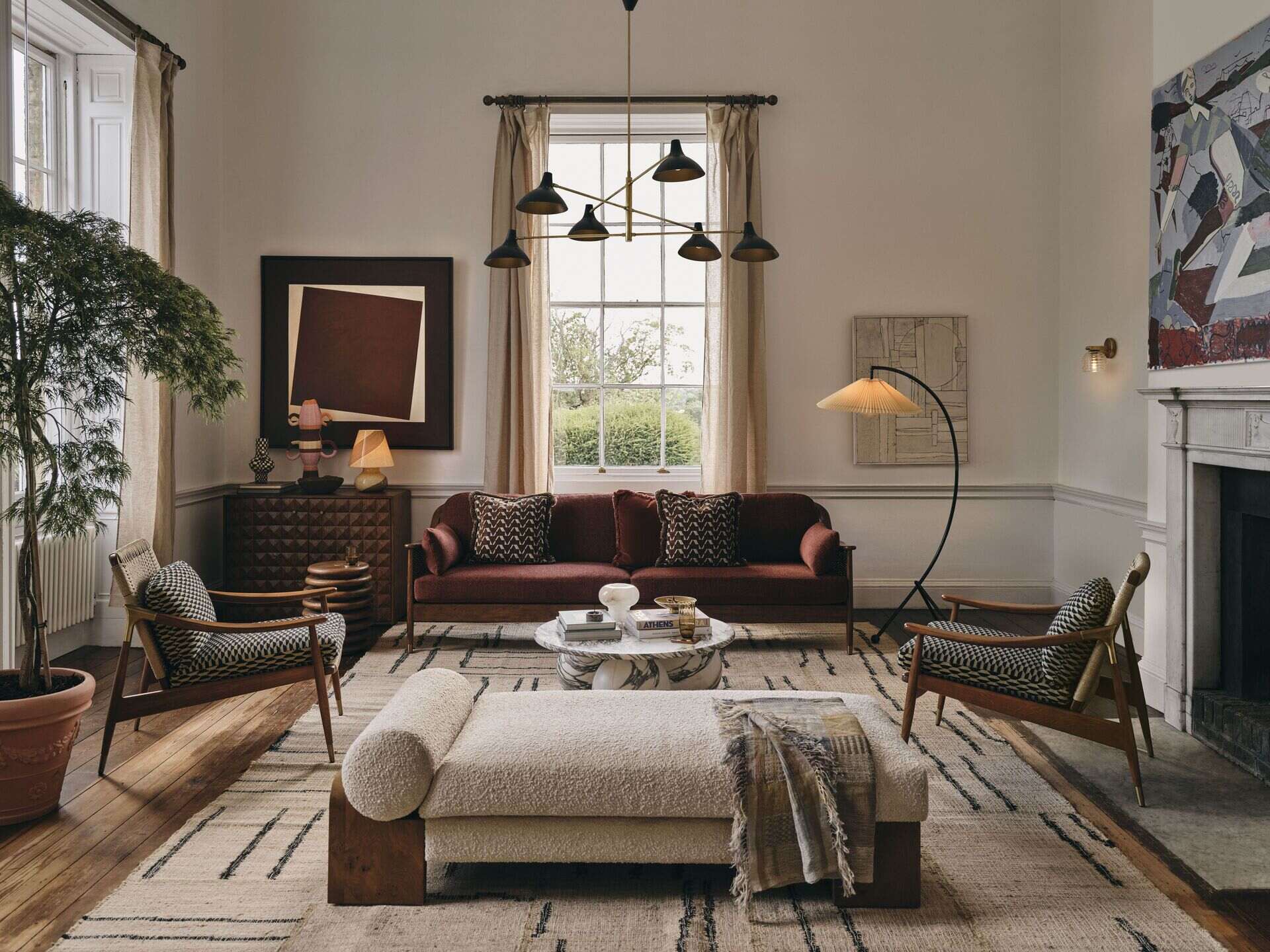

0 thoughts on “How To Choose A Lamp For Living Room”